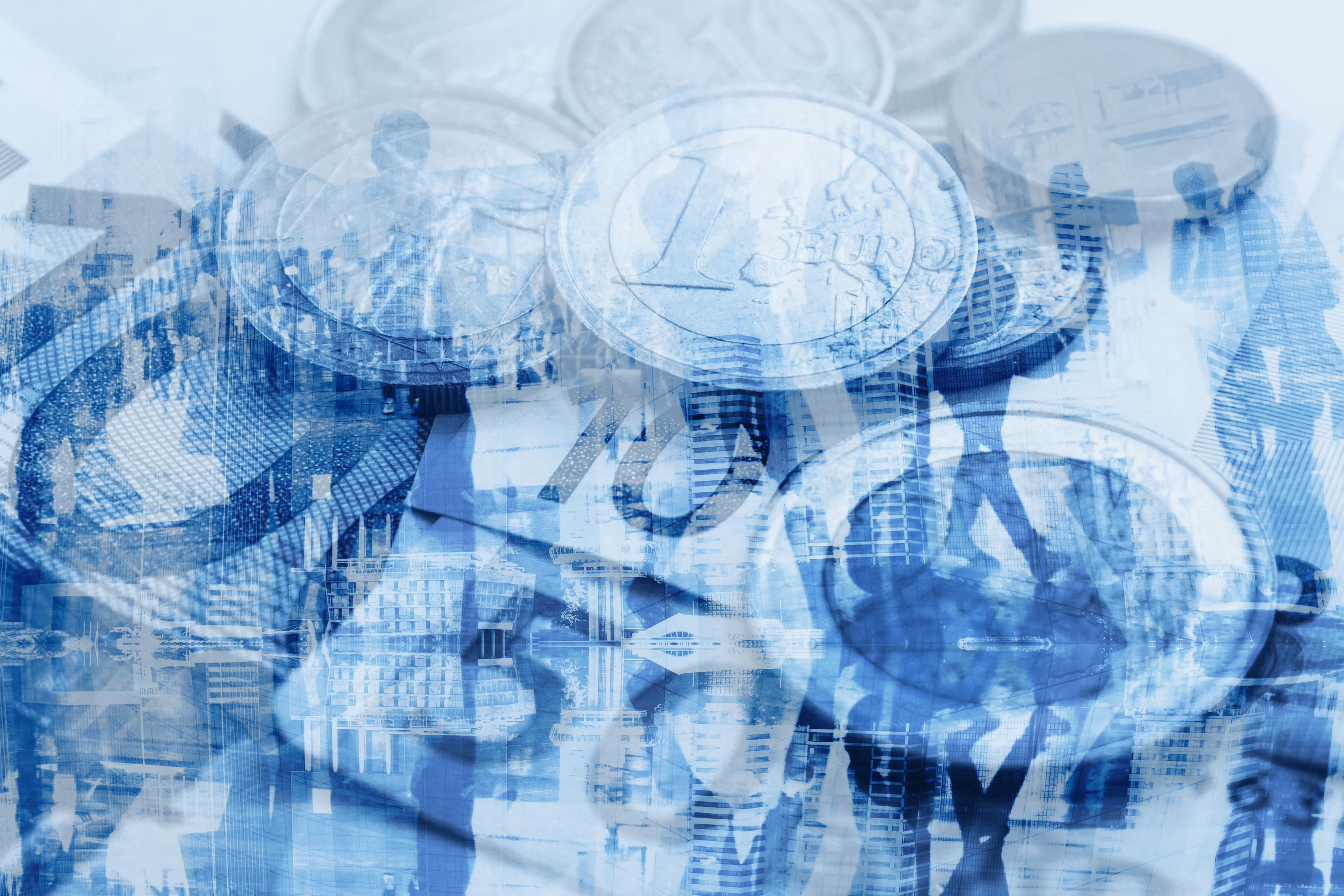
The GDP growth in the first quarter of this year is a solid growth under the aegis of the Schengen and euro areas, the Croatian Chamber of Commerce (HGK) said on Monday.
In today's first estimate, the national statistical office said Croatia's GDP in Q1 2023 increased 2.8% in real terms annually.
The GDP growth was accompanied by moderate growth in all key elements and a mild real decrease in imports, HGK chief economist Goran Saravanja said. "More importantly, compared with the previous quarter, the economy grew 1.4%, which represents a solid growth rate."
Household consumption increased 1.4% annually, negligibly faster than in Q4 2022, he said.
Government expenditure grew 7.6% in Q4 2022 and 2.2% in Q1 2023, while investment grew 9.6% in Q4 2022 and 3.9% in Q1 2023.
The 9.1% annual increase in the export of services in Q1 2023 confirms the year's very good start in tourism, Saravanja said.
"These would be the first macroeconomic data that we can associate with Croatia's entry to the Schengen Area and the eurozone."
The export of goods in Q1 2023 increased 1.5% annually, while the import of goods and services fell 0.8%, he said.
Since these are real indicators, excluding the effect of prices, one can conclude that the fall in import points to slower growth in the coming quarters, notably as we know that Germany is in an official recession, Saravanja said, adding that global economic trends will play a very important part also.
He also commented on the 3.5% annual fall in industrial production in April 2023, after a 0.8% fall in March, saying that Croatia's industrial sector fully fits into the situation with global industrial production.
These data back the recent revisions of Croatia's GDP growth to 2%, Saravanja said.
The difficulties in the global industrial sector are the biggest threat to those forecasts, but we are confident that the growth forecasts for this year will be revised up, primarily thanks to tourism, he said.
Kakvo je tvoje mišljenje o ovome?
Pridruži se raspravi ili pročitaj komentare



 Srbija
Srbija
 Bosna i Hercegovina
Bosna i Hercegovina
 Slovenija
Slovenija







